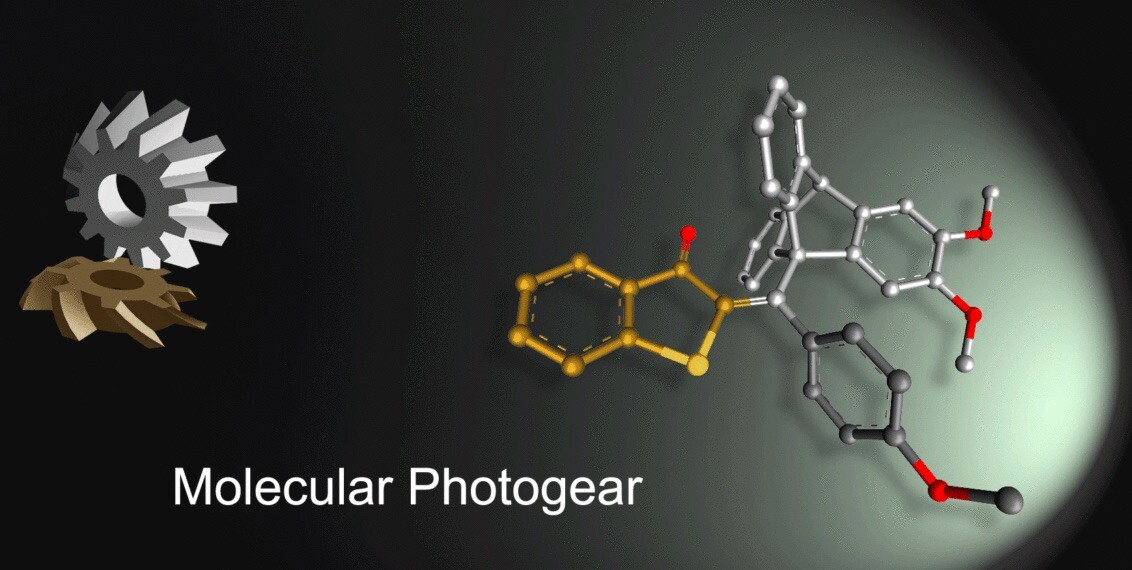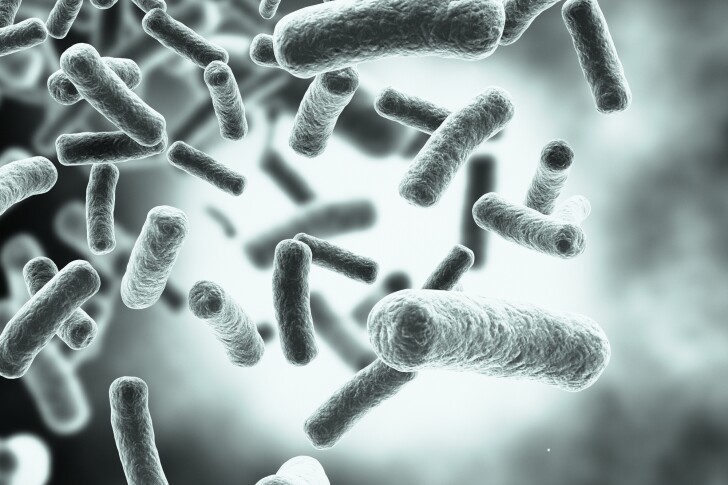Researchers at the University of Erlangen–Nuremberg (FAU) in Germany have come up with what they claim are the world’s smallest working gear wheels.
Molecular machines and nanorobots could be extremely useful in the future, helping to construct electronic components, transport drugs through the body, or manipulate individual cells or molecules.
To that end, scientists have developed nanoscale versions of many machine parts like motors, pistons, pumps, wrenches, and propellers.

Now, the FAU team has added another important machine part to the list – gear wheels. The device is made up of two interlocking components, including a triptycene molecule with a structure like a propeller, and perpendicular to that sits a flat section of a thioindigo molecule that acts as a plate.
Together they work like a pair of gears, transmitting and stepping down motion. The pair has a transmission ratio of 2:3 so that when the plate rotates by 180 degrees the propeller has only rotated by 120 degrees. The entire device contains just 71 atoms and measures 1.6 nanometers long.

The system can be switched on and off easily using light, earning it the name of a molecular “photogear.”
The researchers say this new molecular photogear allows for more versatile molecular machinery and should pave the way for new nanoscale gear systems that can transmit motion over longer distances, in different directions, and at different speeds, much like their macroscale counterparts.
The research was published in the journal Nature Chemistry.


